#a natural history of selborne
Video
n505_w1150 by Biodiversity Heritage Library
Via Flickr:
The natural history and antiquities of Selborne, in the county of Southampton London :Macmillan and Co.,1911. biodiversitylibrary.org/page/37456231
#Antiquities#England#Natural history#Selborne#Selborne (England)#Cornell University Library#bhl:page=37456231#dc:identifier=https://biodiversitylibrary.org/page/37456231#flickr#hop garden#hops#Humulus#Humulus lupulus#common hop#garden#cottagecore#flowercore
1 note
·
View note
Text

"Beech Trees on the Hanger, Selbourne." The natural history of Selborne. 1924.
Internet Archive
103 notes
·
View notes
Photo
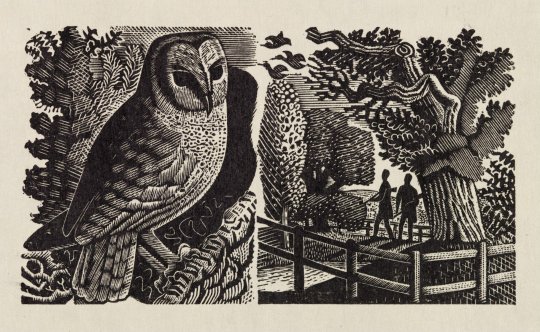
Eric Ravilious (British, 1903-1942)
Illustration for The Natural History of Selborne by Gilbert White (Nonesuch Press, 1938)
Victoria and Albert Museum
28 notes
·
View notes
Quote
1781: July 18, 1781 – Bramshot-place
Lapwings haunt the uplands still. Farmers complain that their wheat is blited. At Bramshot-place, the house of Mr Richardson, in the wilderness near the stream, grows wild, & in plenty, Sorbus aucuparia, the quicken-tree, or mountain-ash, Rhamnus frangula, berry-bearing alder; & Teucrium scorodonia, wood-sage, & whortle-berries. The soil is sandy. In the garden at Dowland’s, the seat, lately, of Mr Kent, stands a large Liriodendrum tulipifera, or tulip-tree, which was in flower. The soil is poor sand; but produces beautiful pendulous Larches. Mr R’s garden, tho’ a sand, abounds in fruit, & in all manner of good & forward kitchen-crops. Many China-asters this spring seeded themselves there, and were forward; some cucumber-plants also grew-up of themselves from the seeds of a rejected cucumber thrown aside last autumn. The well at Downland’s is 130 feet deep; at Bramshot place.. Mr R’s garden is at an average a fortnight before mine.
1778: July 18, 1778 – We have never had rain enough to lay the dust since saturday June 13: now five weeks. By watering the fruit-trees we have procured much young wood. The thermometer belonging to my brother Thomas White of South Lambeth was in the most shady part of his garden on July 5th & July 14th: up at 88, a degree of heat not very common even at Gibraltar!! July 5: Thermr at Lyndon in Rutland 85.
1777: July 18, 1777 – Swifts dash & frolick about, & seem to be teaching their young the use of their wings. Thatched my rick of meadow-hay with the damaged St foin instead of straw. Bees begin gathering at three o’clock in the morning: Swallows are stirring at half hour after two.
1773: July 18, 1773 – Lound thunder shower. Mrs Snooke of Ringmere near Lewes had a coach-horse killed by this tempest: the horse was at grass just before the house.
1772: July 18, 1772 – Frequent sprinklings, but not enough all day to lay the dust. The dry fit has lasted six weeks this day.
1769: July 18, 1769 – Moor-buzzard, milvus aeruginosus, has young. It builds in low shrubs on wild heaths. Five young.
1768: July 18, 1768 – The country is drenched with wet, and quantities of hay were spoiled.
The Natural History of Selborne
0 notes
Text
Chow Chow: Know About This Dog Breed Special Information
The Chow Chow is a Spitz-type of dog originally from northern China. The Chow Chow is a strongly built dog, with a square, broad skull in profile and upright ears with small, triangular, rounded tips. The breed is known for a very dense double coat that is either smooth or rough.
The fur is particularly thick in the neck area, giving it a distinctive rough or mane appearance. The coat may be shade/fawn, black, blue, tan/fawn, or cream.
Size Chart
Height:
17 to 20 inches tall at the shoulderWeight:
40 to 70 poundsDog Breed Group:
Working DogsLife Span:
12 to 15 years
Breed Organization
Chow Chow Club, Inc.
Breed Characteristics
Adaptability: 2 PointsDog Friendly: 1 PointShedding Level: 5 PointsAffection Level: 2 PointsExercise Needs: 2 PointsSocial Needs: 2 PointsApartment Friendly: 3 PointsGrooming: 5 PointsStranger Friendly: 1 PointBarking Tendencies: 5 PointsTerritorial: 3 PointsIntelligence: 2 PointsTrainability: 2 PointsPlayfulness: 2 PointsChild Friendly: 2 PointsWatchdog Ability: 3 PointsHealth Issues: 4 PointsCat Friendly: 2 Points
History
Experts have long speculated that the Chow Chow is one of the oldest dog breeds, and genetic testing has proven it to be true. The ancient race is believed to have originated in Mongolia and northern China, gradually moving southward with the nomadic tribes of Mongolia.
Early depictions of dogs such as the Chow-Chow appear in pottery and paintings from the Han Dynasty (206 BC to 22 AD). A Chinese emperor is said to have kept 2,500 pairs of Chows as hunting dogs.
Besides hunting, dogs were used to guard their owners’ property. On the downside, their fur was used to trim coats and their meat was considered delicious.
In China, the breed is known by several names: black-tongue dog, wolf dog, bear dog, and Canton dog. How he became Chow-Chow is an interesting story.
18th century
In the late 18th century British traders included some bear-like dogs in their cargo. Various objects, including dogs, were known as “chow chows” and the name was associated with the breed.
In 1781, the Chow-Chow was described by the naturalist Gilbert White in the British book, Natural History and Antiquities of Selborne. His neighbors brought home a pair of chow chows from Canton and he included them in his observations of country life.
Fanciers say the breed has changed little since White wrote about them 200 years ago.
However, a century later Chow Chows were still regularly imported. Queen Victoria, who loved dogs, took an interest in the breed, which increased its popularity. In 1895, a breed club was formed in England.

Chow Chows were all the rage among the rich and famous during the 1920s. They even made it to the White House, where President Calvin Coolidge and his wife kept Timmy, a red chow, and Blackberry, a black chow.
Analyst Sigmund Freud was also a fan of chows, and his daughter Anna kept and raised the dogs. Recent fans include Martha Stewart; Chow sometimes appears with her on her TV show.
0 notes
Quote
The language of birds is very ancient, and like other ancient modes of speech, very elliptical; little is said, but much is meant and understood.
Gilbert White, The Natural History of Selborne
#quote#gilbert white#the natural history of selborne#language#birds#ancient#speech#elliptical#little#meant#understood#quotes
673 notes
·
View notes
Photo



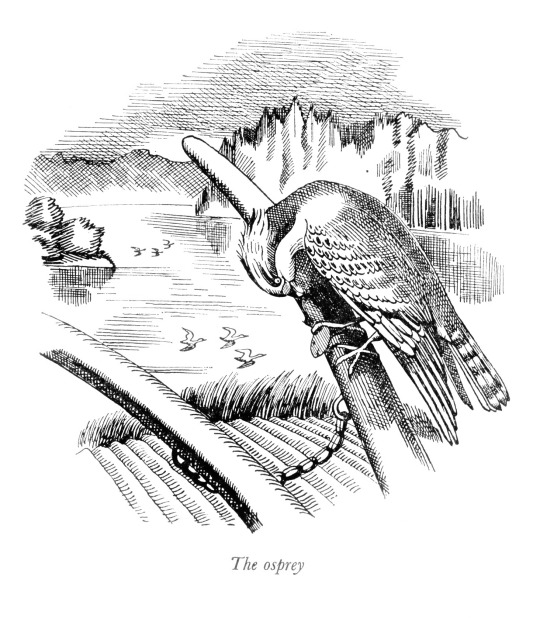




Color Our Collections - Feathursday
For this Color Our Collections Feathursday post we’re sharing birds from the 1972 Limited Editions Club production of The Natural History of Selborne, by the 18th-century English naturalist and ornithologist Gilbert White.
Learn more about the book in the original, colorful post.
Download our full coloring book.
#The Natural History of Selborne#Gilbert White#Limited Editions Club#Color Our Collections#Feathursday
37 notes
·
View notes
Photo
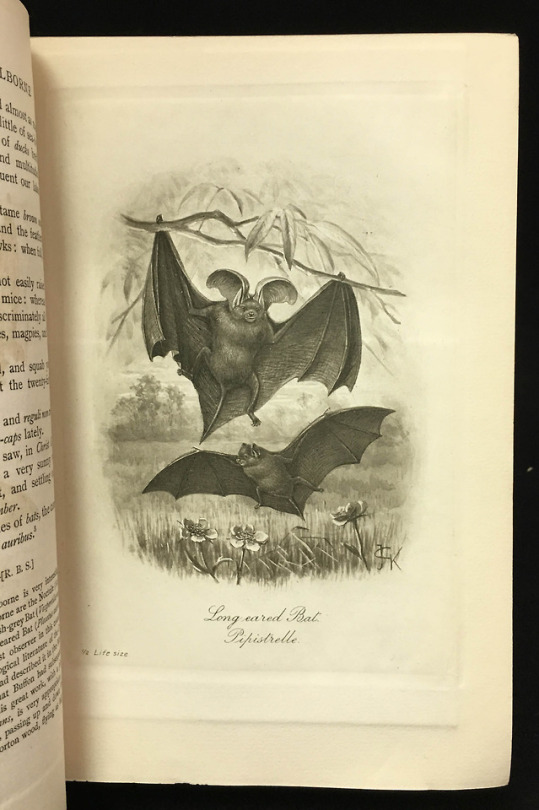



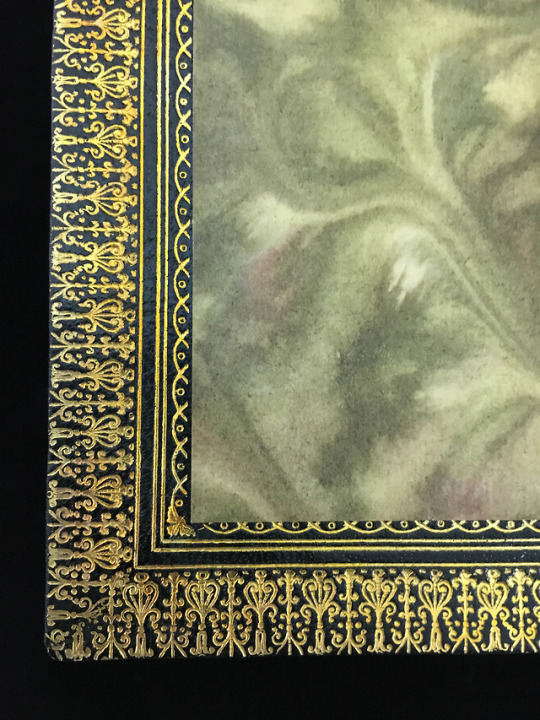
Gilbert White was an 18th-century English naturalist who wrote this book on natural history about his hometown of Selborne, England. His home is now a natural history museum.
Images from: Gilbert White's The natural history & antiquities of Selborne & A garden kalendar. London : S.T. Freemantle, 1900.
Call Number: QH138 .S4 W353 1900
Catalog record: https://bit.ly/2PaI4lm
#book binding#books and libraries#libraries#bats#natural history#dracula#marbling#gilt#england#selborne#special collections#books#noel collection
48 notes
·
View notes
Text
The language of birds is very ancient, and like other ancient modes of speech, very elliptical; little is said, but much is meant and understood.
Gilbert White, The Natural History of Selborne
#understood#beautiful quote#books & libraries#classic literature#dark academia#dark aesthetic#english literature#life quote#light academia#lit#literature#romantic academia#light acadamia aesthetic#chaotic academia#romantic poetry#romanticism#quoteoftheday#quotes
125 notes
·
View notes
Photo




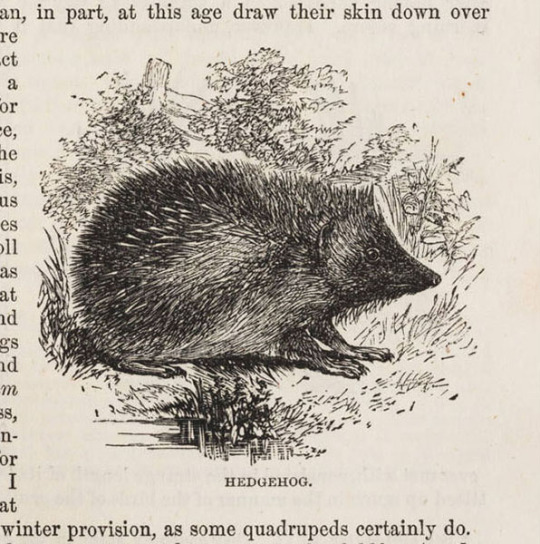

Gilbert White – Scientist of the Day
Gilbert White, an English cleric and naturalist, was born July 18, 1720, in Selborne, a hamlet in East Hampshire, southwest of London.
read more...
#Gilbert White#Natural History of Selborne#histsci#18th century#history of science#Ashworth#Scientist of the Day
14 notes
·
View notes
Text
“The language of birds is very ancient, and like other ancient modes of speech, very elliptical; little is said, but much is meant and understood.”
— Gilbert White, excerpt from Letter XLIII, Selborne, 9 September 1778, The Natural History of Selborne (1789)
17 notes
·
View notes
Text

Woodcut by Eric Ravilious, from a series of illustrations commissioned by the Nonesuch Press for their edition of Gilbert White's The Natural History of Selborne, published in 1938.
Source: Henry Rothwell.
1 note
·
View note
Photo
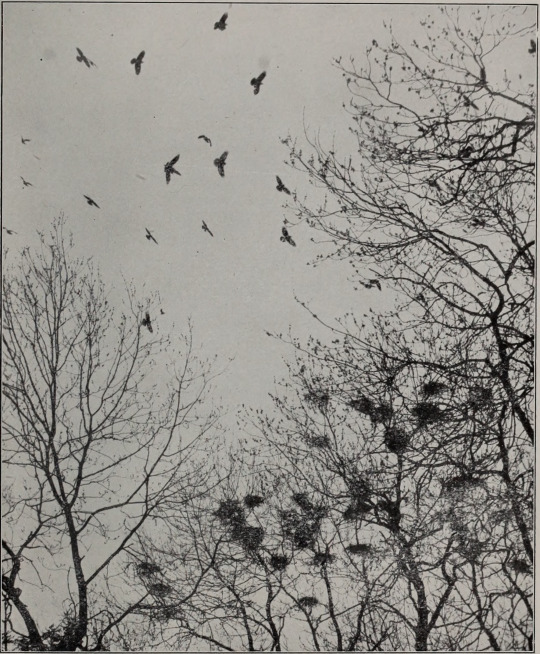
Rooks in the sky. The natural history of Selborne. 1924.
Internet Archive
427 notes
·
View notes
Quote
…You ask me to recommend some books for your perusal; I will do so in as few words as I can. If you like poetry let it be first rate, Milton, Shakespeare, Thomson, Goldsmith Pope (if you will though I don’t admire him) Scott, Byron, Camp[b]ell, Wordsworth and Southey Now Ellen don’t be startled at the names of Shakespeare, and Byron. Both these were great Men and their works are like themselves, You will know how to chuse the good and avoid the evil, the finest passages are always the purest, the bad are invariably revolting you will never wish to read them over twice, Omit the Comedies of Shakespeare and the Don Juan, perhaps the Cain of Byron though the latter is a magnificent Poem and read the rest fearlessly, that must indeed be a depraved mind which can gather evil from Henry the 8th from Richard 3d from Macbeth and Hamlet and Julius Cesar, Scott’s sweet, wild, romantic Poetry can do you no harm nor can Wordsworth’s nor Campbell’s nor Southey’s, the greatest part at least of his some is certainly exceptionable, For History read Hume, Rollin, and the Universal History if you can I never did. For Fiction—read Scott alone all novels after his are worthless. For Biography, read Johnson’s lives of the Poets, Boswell’s life of Johnson, [130] Southey’s life of Nelson Lockhart’s life of Burns, Moore’s life of Sheridan, Moore’s life of Byron, Wolfe’s remains. For Natural History read Bewick, and Audubon, and Goldsmith and White of Selborne … I only say adhere to standard authors and don’t run after novelty.
Charlotte Brontë (b. 21 April 1816) listing her book recommendations in her letter to Ellen Nuseey dated 4 July 1834, featured in The Letters of Charlotte Brontë
37 notes
·
View notes
Photo

Bat and Spider — Gertrude Hermes Natural History of Selborne: Bat and Spider, 1932 by Gertrude Hermes (1901–1983)
19 notes
·
View notes
Photo

“Blah,” said Toad.
Our response when the weather forecasters say that more rain is headed our way.
This image of a toad comes from the 1842 edition of The Natural History of Selborne. The author of this text, Rev. Gilbert White (1720-1793), was an English naturalist and ornithologist.
34 notes
·
View notes
